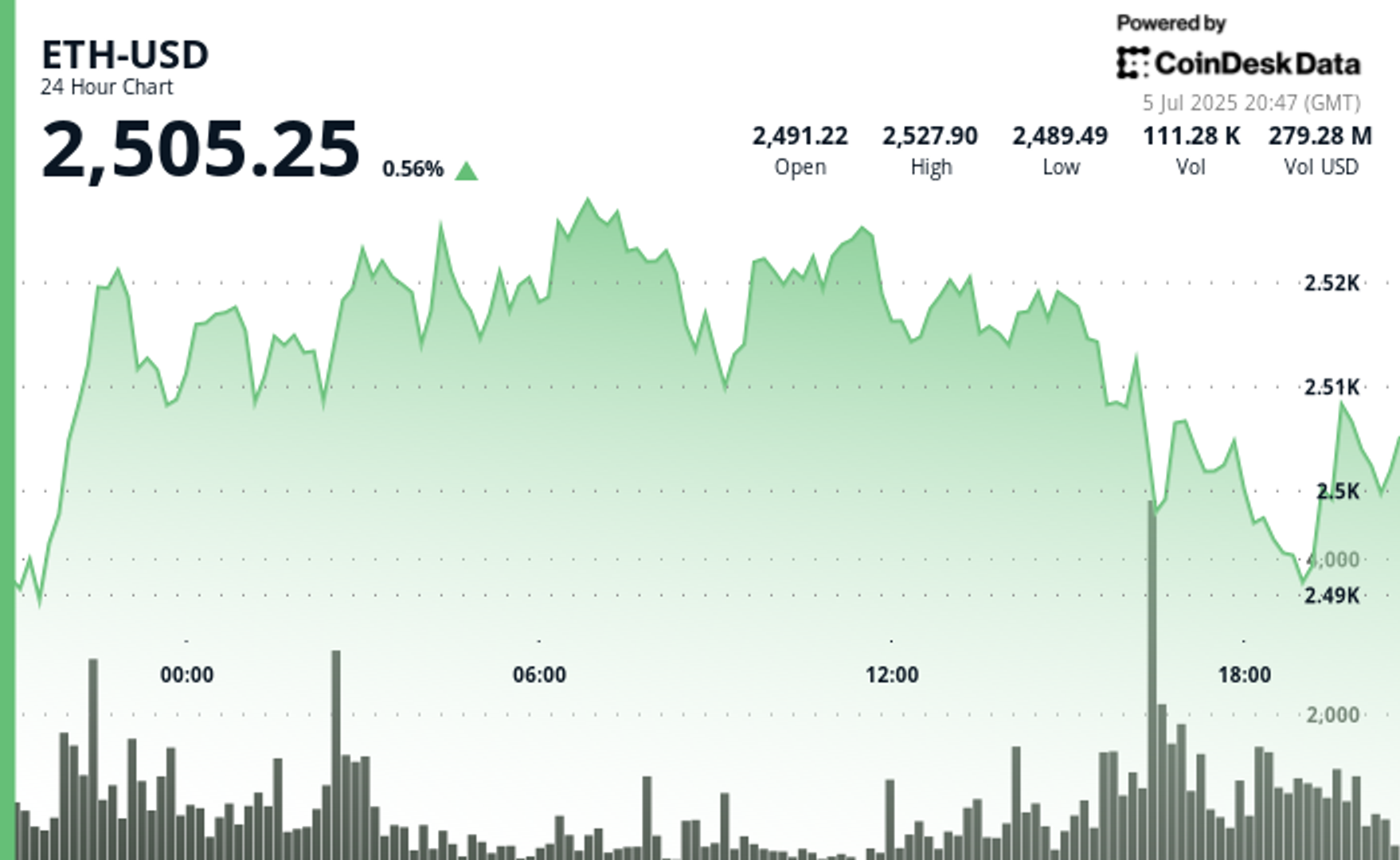Mainstream conversations around digital assets largely focus on the dramatic price performance of bitcoin and ether. For years, retail and institutional investors have targeted beta exposure, or returns that mirror the broader crypto market. However, the introduction of products like bitcoin exchange-traded funds (ETFs) and exchange-traded products (ETPs) have made achieving beta more accessible, with these products drawing over $100 billion in institutional capital.
But as the asset class matures, the conversation is shifting. More institutions are now pursuing alpha, or returns that exceed the market, through actively managed strategies.
The role of uncorrelated returns in diversification
Low correlation to traditional assets enhances the role of digital assets in diversified portfolios. Since 2015, bitcoin’s daily correlation to the Russell 1000 Index has been just 0.231, meaning that bitcoin's daily returns move only weakly in the same direction as the Russell 1000 Index, with gold and emerging markets remaining similarly low. A modest 5% allocation to bitcoin in a 60/40 portfolio, a portfolio containing 60% equities and 40% fixed income, has been shown to boost the Sharpe ratio (the measure of risk-adjusted return on a portfolio) from 1.03 to 1.43. Even within crypto itself, varying correlations allow for intra-asset diversification. This makes digital assets a powerful tool for risk-adjusted return enhancement [see exhibit 1].

Digital assets enter the active era
Just as hedge funds and private equity redefined traditional markets, digital assets are now evolving beyond index-style investing. In traditional finance, active management represents over 60% of global assets. With informational asymmetries, fragmented infrastructure and inconsistent pricing, digital assets present a compelling landscape for alpha generation.
This transition mirrors the early stages of the alternatives industry, when hedge funds and private equity capitalized on inefficiencies long before these strategies were adopted by the mainstream.
Market inefficiencies
Crypto markets remain volatile and structurally inefficient. Though bitcoin’s annualized volatility fell below 40% in 2024, it remains more than twice that of the S&P 500. Pricing inconsistencies across exchanges, regulatory fragmentation and the dominance of retail behavior create significant opportunities for active managers.
These inefficiencies — combined with limited competition in institutional-grade alpha strategies — present a compelling case for specialized investment approaches.
- Arbitrage strategies: Utilization of trading strategies such as cash and carry, which captures spreads between spot and futures prices, or basis trading, which involves entering long positions in discounted assets and shorts in premium ones, enables alpha generation by utilizing market inefficiencies within the digital assets market.
- Market making strategies: Market makers earn returns by placing bid/ask quotes to capture spread. Success relies on managing risks like inventory exposure and slippage, especially in fragmented or volatile markets.
- Yield farming: Yield farming taps into Layer 2 scaling solutions, decentralized finance (DeFi) platforms and cross-chain bridges. Investors can earn yields through lending protocols or by providing liquidity on decentralized exchanges (DEXs), often earning both trading fees and token incentives.
- Volatility arbitrage strategy: This strategy targets the gap between implied and realized volatility in crypto options markets, offering market-neutral alpha through advanced forecasting and risk management.
High upside and an expanding universe
Meanwhile, new opportunities continue to emerge. Tokenized real-world assets (RWAs) are projected to exceed $10.9 trillion by 2030, while DeFi protocols, which have amassed 17,000 unique tokens and business models while accumulating $108 billion+ in assets, are expected to surpass $500 billion in value by 2027. All of this points towards an ever expanding, ever developing digital asset ecosystem that is ideal for investors to utilize as a legitimate alpha generating medium.

Bitcoin's price has surged over the years, while its long-term realized volatility has steadily declined, signaling a maturing market.

 2 months ago
85
2 months ago
85








 English (US) ·
English (US) ·